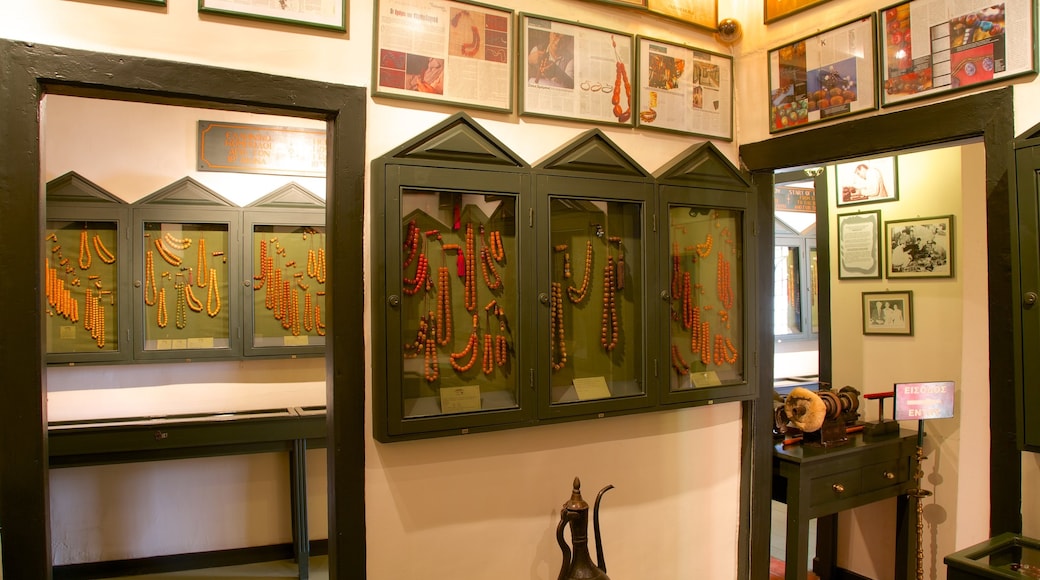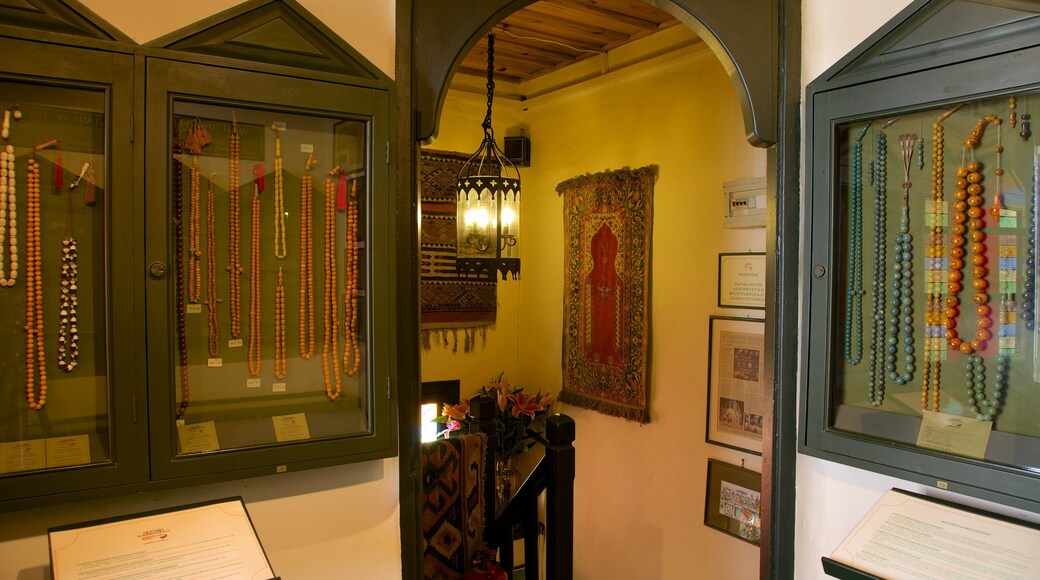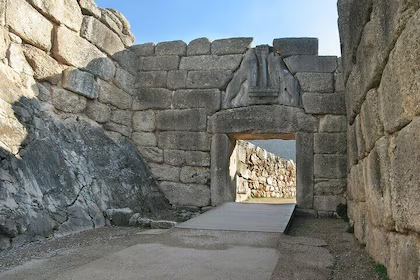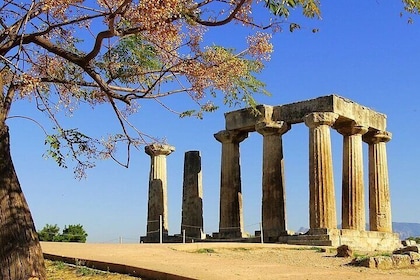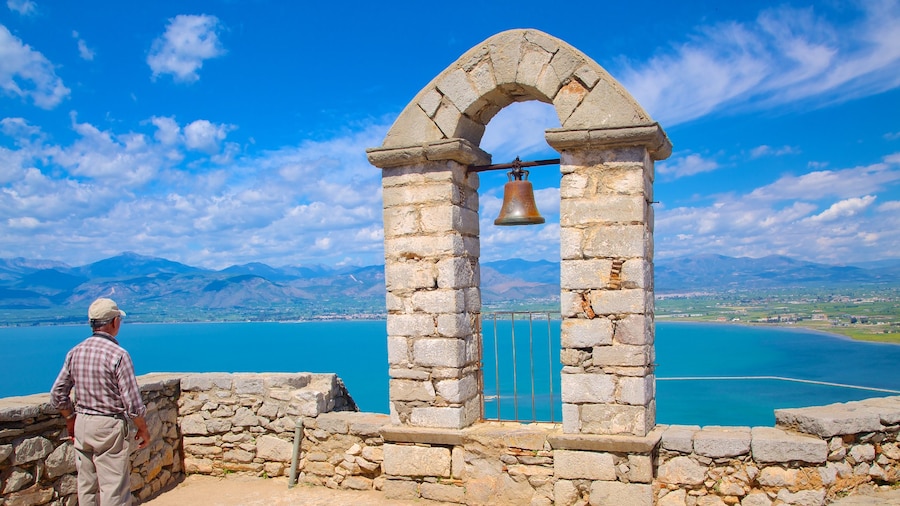This quirky museum is devoted to worry beads, a popular souvenir item in Nafplio, and displays examples made from amber, coral and bone.
Learn about the fascinating history and cultural associations of worry beads at the Komboloi Museum. Worry beads, which are known as komboloi, are very common in Greece and can often be seen in the hands of locals, who fiddle with and manipulate them in an effort to soothe stress.
This museum, which opened in 1998, was founded by a husband and wife team with a strong interest in komboloi with the goal of saving and spreading knowledge of the traditional Greek worry beads. See examples of worry beads and prayer beads from their own personal collection, which they have been amassing since the late 1950s.
The museum occupies a privately owned two-story building. Browse the exhibits on the upper floor to examine various strings of beads. The collection includes almost 1,000 examples dating from 1700 up to 1950. Materials vary hugely, ranging from pure amber beads to red coral beads to ivory and bone beads.
Different halls feature different types of beads. One section is dedicated to Hindu, Buddhist and Muslim prayer beads another focuses on Catholic rosary beads. Two halls are filled with examples of Greek beads. Find out more about the purpose of the Greek worry beads, which are thought to help reduce stress and quell worries. Unlike religious prayer beads, komboloi have no spiritual significance.
Venture downstairs to the ground-floor museum workshop. Here, artisans produce beads by hand. Watch the skilled makers at work, meticulously producing strings of beads. They can create exact replicas of historic, old strings of beads as well as helping to conserve old beads.
Don’t leave without heading inside the on-site shop. Buy beads made in the museum workshop as well as older kombolois from the late 19th century and the first half of the 20th century. Various other bead-themed souvenirs, including key rings and amulets, are also available for purchase.
Find the Komboloi Museum in the old city of Nafplio. There is an admission fee for the museum, which is closed on Tuesdays.


